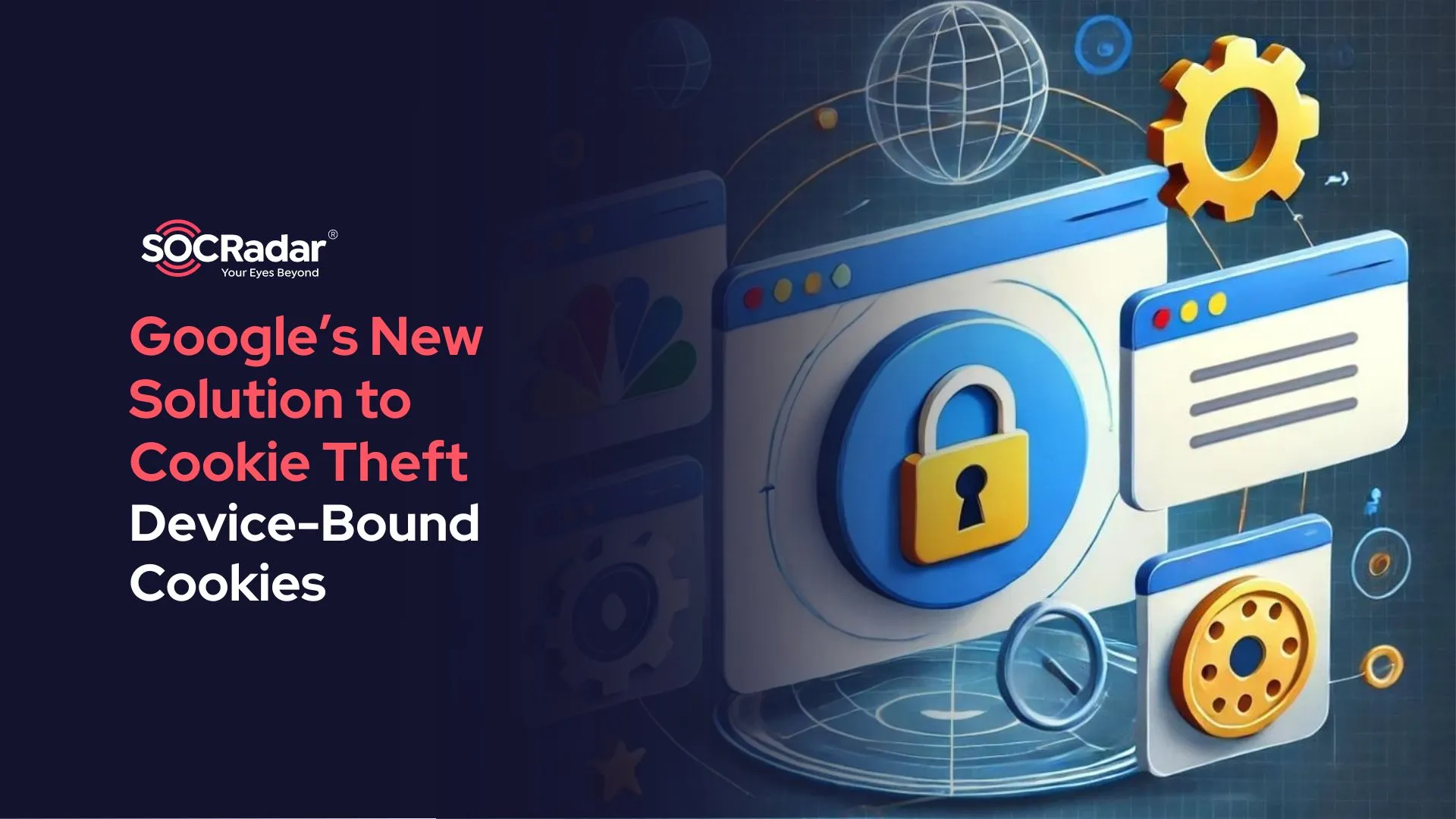
Let’s Start From the Beginning: What is Encryption?
Sometimes, explaining the concepts from the beginning can solve the confusion for everyone. Today, we wanted to realize this and continued SOCRadar’s “101” articles on the subject of encryption.
With the most concise definition, encryption is the process of converting data into a secret code that hides the true meaning of the data. Cryptography is the study of encrypting and decrypting information.
Encryption transforms readable data into something that appears random. Encryption necessitates the employment of a cryptographic key, which is a set of mathematical values agreed upon by both the sender and receiver of an encrypted message.
Individuals and businesses can use encryption to protect critical information from hackers. To prevent identity theft and fraud, websites that communicate credit card and bank account numbers, for example, should always encrypt sensitive information. The mathematical study and application of encryption are known as cryptography.

How does Encryption work?
The strength of encryption is determined by the length of the encryption security key. Throughout the latter half of the twentieth century, Web developers utilized either 40-bit or 56-bit encryption, which is a key with 240 potential permutations. By the end of the century, though, hackers would be able to break those keys via brute-force attacks. As a result, the usual encryption length for web browsers is 128 bits.
The Advanced Encryption Standard (AES) is a data encryption system developed by the National Institute of Standards and Technology in the United States in 2001. The block size of AES is 128 bits, and the key lengths are 128, 192, and 256 bits.
AES uses a symmetric-key algorithm. It means that the data is encrypted and decrypted using the same key. The encryption and decryption procedures of asymmetric-key methods employ distinct keys.
Although 128-bit encryption is now the industry standard, most banks, militaries, and governments still employ 256-bit encryption.
What are Types of Encryption?
There are various types of encryption, each designed to address specific needs and security concerns. Here are some of the most typical encryption instances.
Data Encryption Standard (DES)
A low-level encryption standard is the Data Encryption Standard. The United States government established the bar in 1977. DES is virtually obsolete for protecting sensitive data due to developments in technology and lower hardware costs.
Triple DES
Triple-DES encrypts data three times. It encrypts, decrypts, and encrypts data three times, hence the name “triple.” It improves on the original DES standard, which was too weak for sensitive data encryption.
RSA
The name RSA is derived from the initials of three computer scientists’ families. It encrypts with a robust and widely used algorithm. Because of its long key length, RSA is commonly employed for secure data transmission.
Advanced Encryption Standard (AES)
As of 2002, the Advanced Encryption Standard (AES) is the official standard in the United States. AES is widely used around the world.
TwoFish
Twofish is a free encryptiontechnique regarded as one of the quickest in the world. TwoFish can be found in both hardware and software.
How is Encryption Used to Keep Internet Browsing Secure?
Encryption is essential for many technologies, but it’s especially critical for keeping HTTP requests and responses safe and authenticating website origin servers. HTTPS is the protocol accountable for this (Hypertext Transfer Protocol Secure).
A website delivered using HTTPS rather than HTTP has a URL that starts with https:// rather than http://, commonly indicated by a secure lock in the address bar.
Transport Layer Security (TLS) is the encryption protocol used by HTTPS (TLS). Previously, the Secure Sockets Layer (SSL) encryption protocol was the industry standard. However, TLS has now supplanted SSL. A TLS certificate will be deployed on the origin server that uses HTTPS. TLS and HTTPS are two terms that you should be familiar with.
Discover SOCRadar® Free Edition
With SOCRadar® Free Edition, you’ll be able to:
- Discover your unknown hacker-exposed assets
- Check if your IP addresses tagged as malicious
- Monitor your domain name on hacked websites and phishing databases
- Get notified when a critical zero-day vulnerability is disclosed
Free for 12 months for 1 corporate domain and 100 auto-discovered digital assets.
Try for free



































